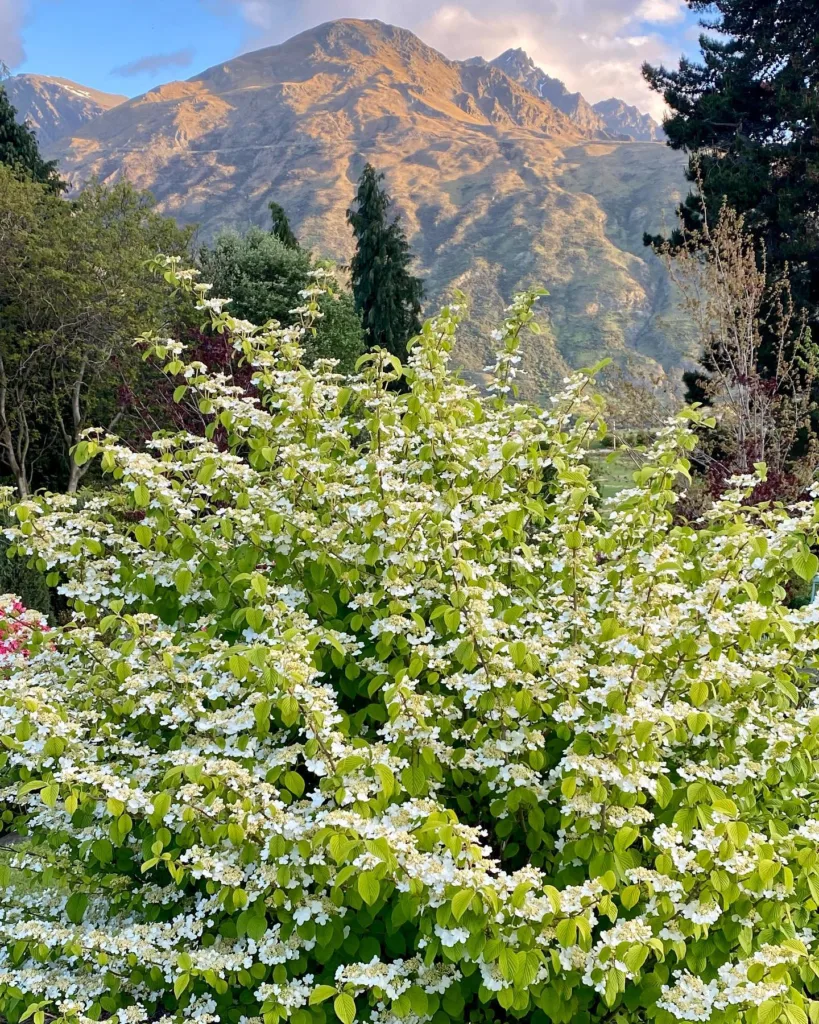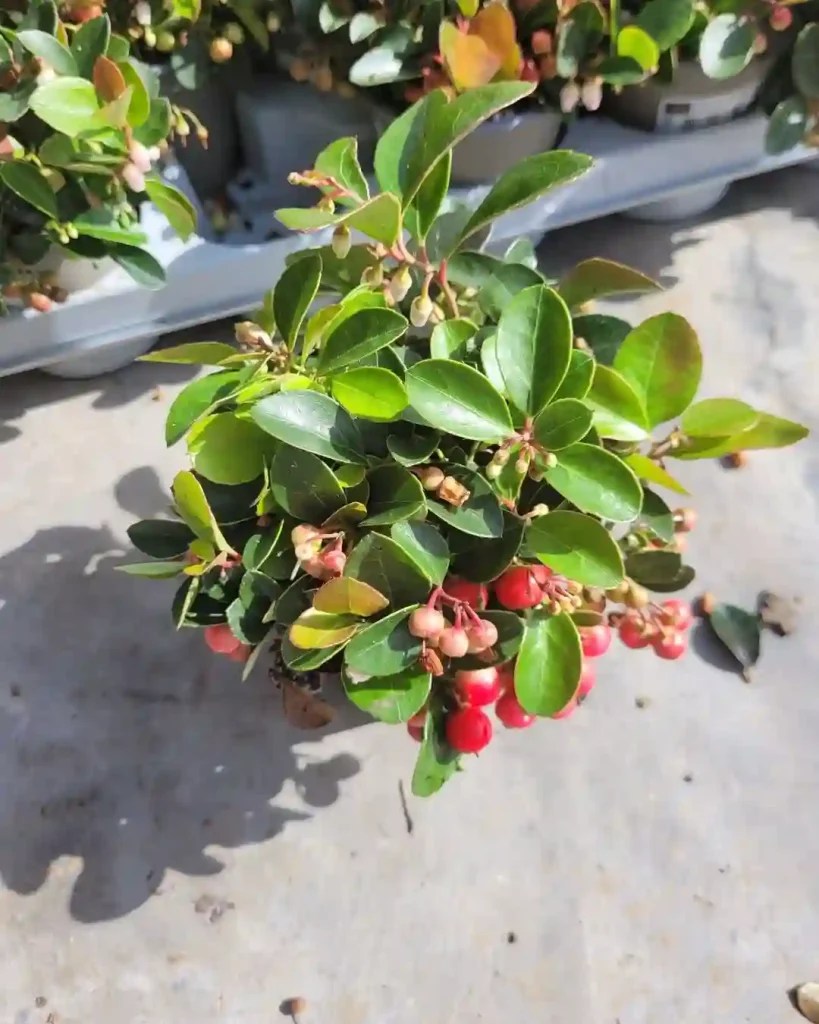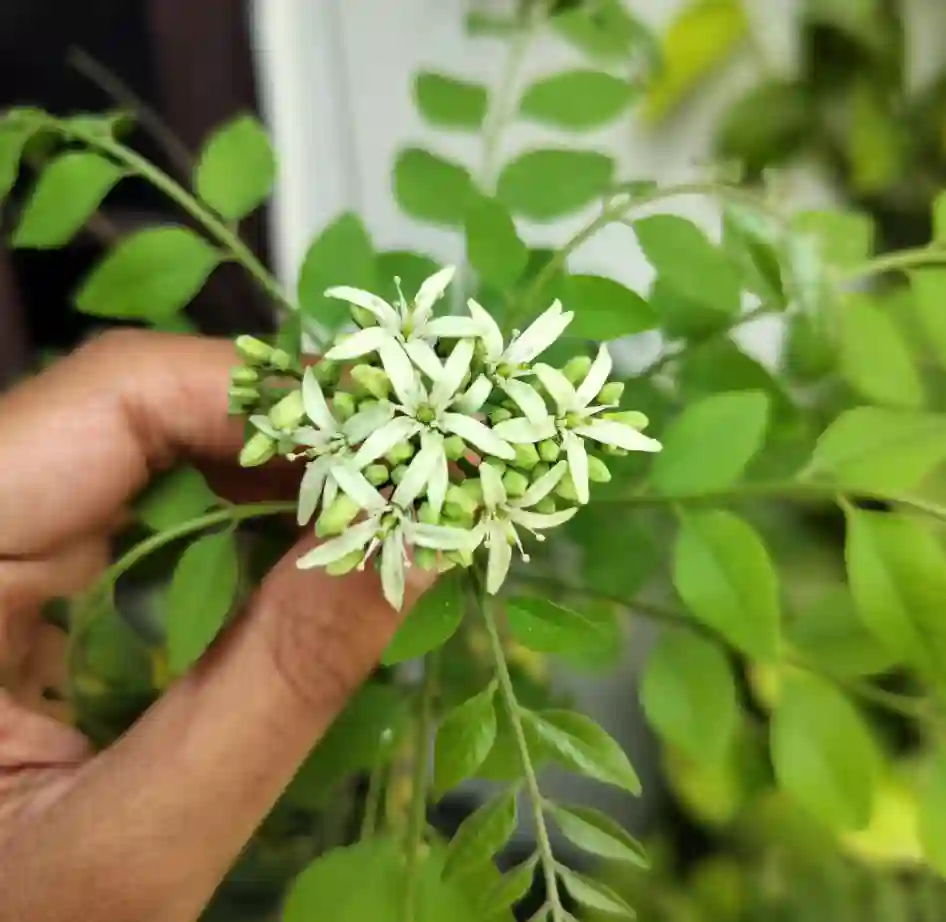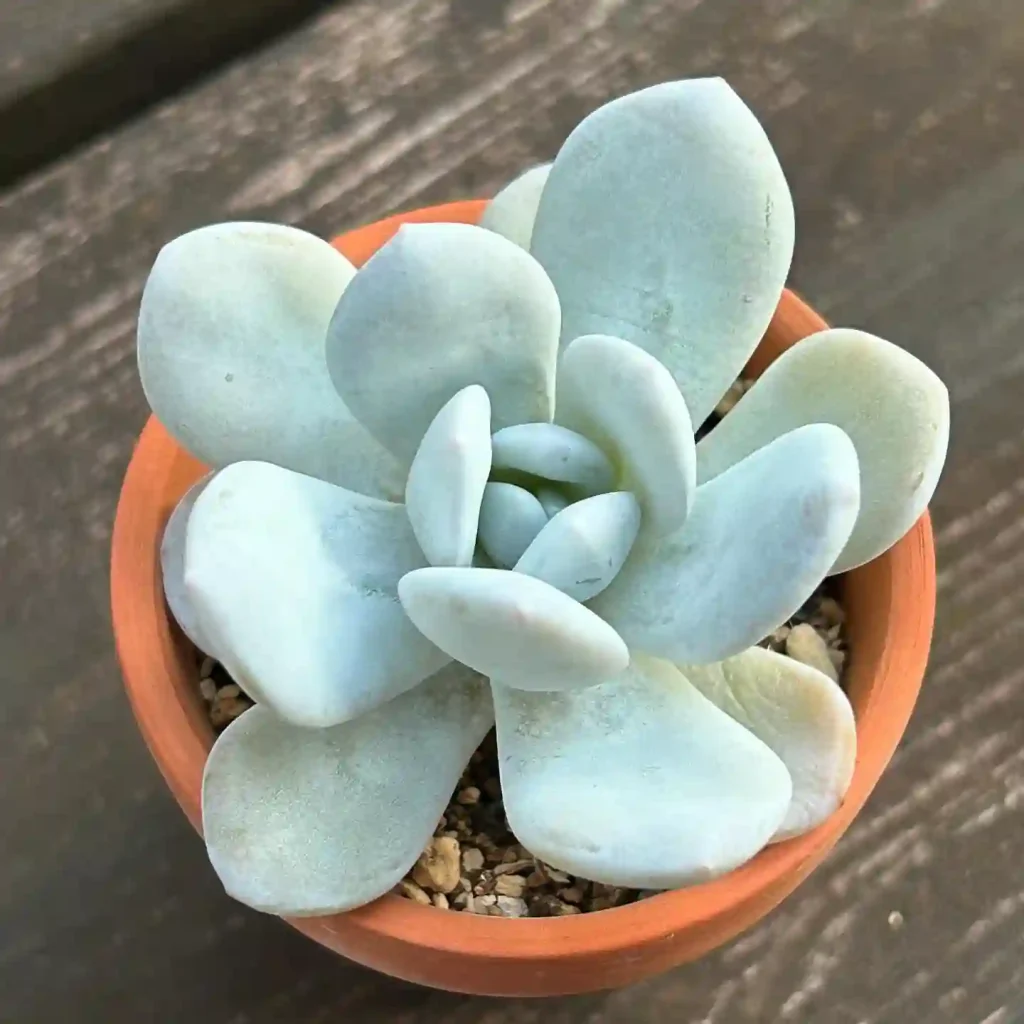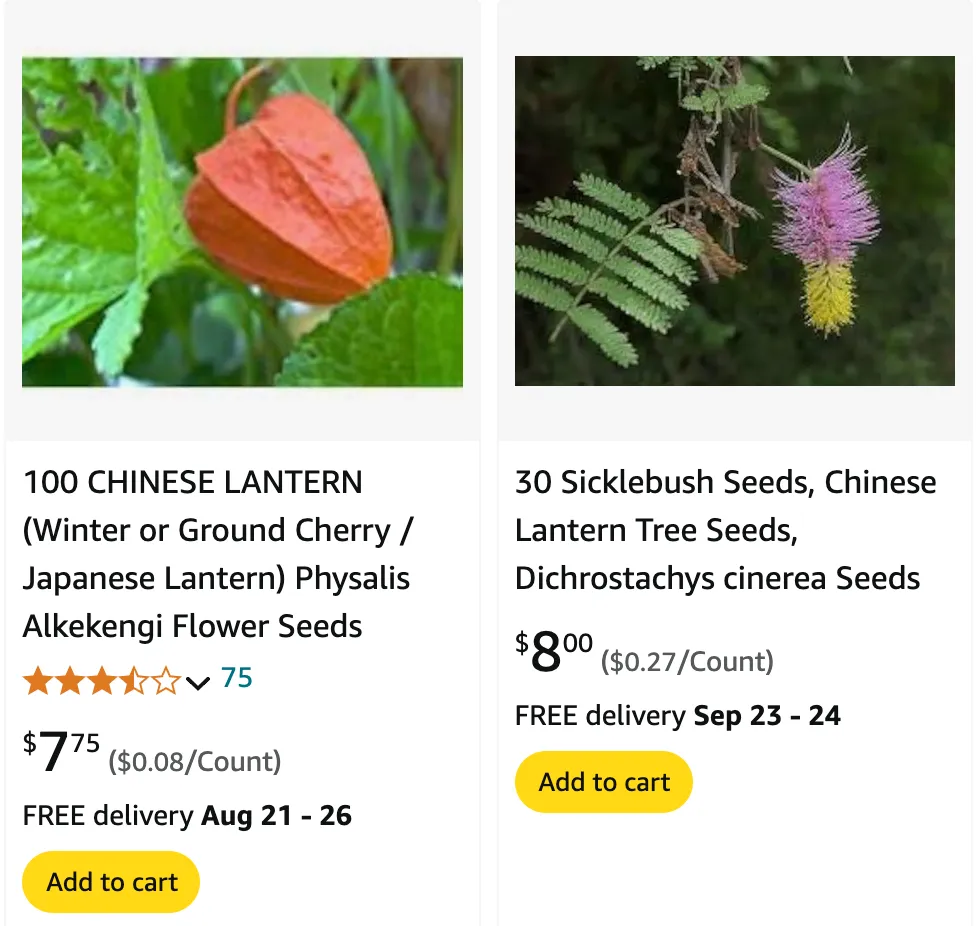
The term “Chinese Lantern Tree” can refer to several different plant species, each with its own unique characteristics, care requirements, and uses. In this article, I’ll compare four main species that are commonly referred to as the Chinese Lantern Tree: Crinodendron hookerianum, Dichrostachys cinerea, Hernandia nymphaeifolia, and Nymania capensis. Understanding their differences will help you determine which one is the best fit for your garden or landscape.
Crinodendron Hookerianum (Chilean Lantern Tree)
Crinodendron hookerianum, also known as the Chilean Lantern Tree, is native to Chile and known for its beautiful, hanging, lantern-shaped flowers. These deep red to pink flowers are bell-like and bloom in late spring through summer, making this tree a showstopper in any garden. Here are some key characteristics:
- Height: The Chilean Lantern Tree can grow up to 20-25 feet tall, making it a medium-sized tree.
- Leaf: It has evergreen, glossy, dark green leaves that provide a beautiful contrast to its bright flowers.
- Care: This species prefers a cool, temperate climate with moist, well-draining soil. It does best in partial shade, especially in hotter climates, and requires protection from strong winds. Regular watering is essential, especially during dry periods.
- Pruning: Minimal pruning is needed; just remove dead or damaged branches after flowering.
- Companion Plants: This tree pairs well with other woodland plants like ferns, hostas, and rhododendrons, which thrive in similar moist, shaded conditions.
Dichrostachys Cinerea (Sickle Bush or Chinese Lantern Tree)
Dichrostachys cinerea, often referred to as the Chinese Lantern Tree, is native to Africa and Asia. This species is known for its distinctive, bi-colored flowers that resemble Chinese lanterns. It’s a drought-tolerant tree that thrives in arid regions and is often used in xeriscaping.
- Height: The Sickle Bush is smaller than the Chilean Lantern Tree, typically reaching 10-15 feet in height, though it can grow taller under optimal conditions.
- Leaf: The leaves are bipinnate, giving the tree a fine, feathery appearance. The foliage is usually bright green and can form dense thickets if not pruned.
- Care: This tree is incredibly hardy and can tolerate poor soil conditions, making it ideal for dry, sandy, or rocky environments. It thrives in full sun and needs very little water once established.
- Pruning: Regular pruning helps maintain its shape and prevent it from becoming too bushy or invasive. Watch out for the thorns when pruning.
- Companion Plants: Drought-tolerant species like succulents, cacti, and ornamental grasses are excellent companions for this tree.
Hernandia Nymphaeifolia (Chinese Lantern Tree)
Hernandia nymphaeifolia is another species commonly referred to as the Chinese Lantern Tree. This tropical tree is native to coastal areas throughout the Pacific and Indian Oceans and is known for its ornamental fruits that resemble Chinese lanterns.
- Height: This tree can grow quite large, often reaching heights of 40-60 feet in its natural habitat.
- Leaf: The leaves are large, heart-shaped, and glossy green, creating a lush, tropical appearance. They can grow up to 12 inches long, providing ample shade beneath the tree’s canopy.
- Care: Hernandia nymphaeifolia thrives in tropical climates with high humidity and plenty of rainfall. It prefers well-draining soil and can tolerate salty conditions, making it a good choice for coastal gardens.
- Pruning: Pruning is generally only necessary to remove dead or damaged branches or to control its size in smaller gardens.
- Companion Plants: Pair this tree with other tropical plants like hibiscus, plumeria, or palms for a lush, vibrant landscape.
Nymania Capensis (Chinese Lantern Tree)
Nymania capensis, also known as the Namaqua Lantern Tree, is a small tree or shrub native to southern Africa. This species is known for its unique, bright orange to red, lantern-like fruits, which make it an attractive addition to arid and semi-arid gardens.
- Height: Nymania capensis is smaller than the other species, typically growing to about 6-10 feet tall.
- Leaf: The leaves are small, grayish-green, and adapted to dry, harsh environments. They are simple and somewhat leathery, helping the plant conserve moisture.
- Care: This species thrives in arid conditions and requires very little water once established. It prefers full sun and well-draining soil and can tolerate poor soil conditions. It’s a great option for xeriscaping or desert gardens.
- Pruning: Minimal pruning is required, though you can shape the plant to your liking. It tends to have a naturally tidy growth habit.
- Companion Plants: Drought-resistant plants like succulents, aloes, and Mediterranean herbs pair well with Nymania capensis.
Comparing Chinese Lantern Trees: Care and Use
When comparing these four species, the best choice depends on your specific garden conditions and aesthetic preferences. Here’s a quick breakdown of the differences:
- Climate: If you live in a temperate or coastal area, Crinodendron hookerianum and Hernandia nymphaeifolia may be the best options, as they prefer cooler, moist conditions. In contrast, Dichrostachys cinerea and Nymania capensis are better suited for hot, dry climates.
- Size: Hernandia nymphaeifolia is the largest of the four, making it ideal for large spaces. Nymania capensis is the smallest and fits well in compact gardens or as part of a xeriscaped landscape.
- Ornamental Value: Crinodendron hookerianum is known for its stunning flowers, while Nymania capensis and Hernandia nymphaeifolia offer ornamental fruits. Dichrostachys cinerea adds interest with its bi-colored, tassel-like flowers.
- Care: All four species are relatively low-maintenance, but their care requirements differ based on their native habitats. Crinodendron hookerianum and Hernandia nymphaeifolia need more water and humidity, while Dichrostachys cinerea and Nymania capensis are drought-tolerant and thrive in dry conditions.
Chinese Lantern Tree vs Chinese Lantern Plant
In addition to the various trees commonly referred to as the Chinese Lantern Tree, there is also the Chinese Lantern Plant (Physalis Alkekengi), which adds a unique dimension to the world of ornamental gardening. This plant is quite distinct from the trees but shares the same iconic “lantern” feature. The Chinese Lantern Plant is much smaller than any of the trees, making it suitable for smaller garden beds or containers.
Conclusion
Each species referred to as the Chinese Lantern Tree offers unique characteristics, from vibrant flowers and fruits to varying sizes and care needs. Whether you’re looking for a striking tropical tree, a resilient drought-tolerant shrub, or a small ornamental tree, there’s a Chinese Lantern Tree that will fit your garden. Consider your climate, space, and desired aesthetic when selecting the best tree for your landscape.
If i die, water my plants!
